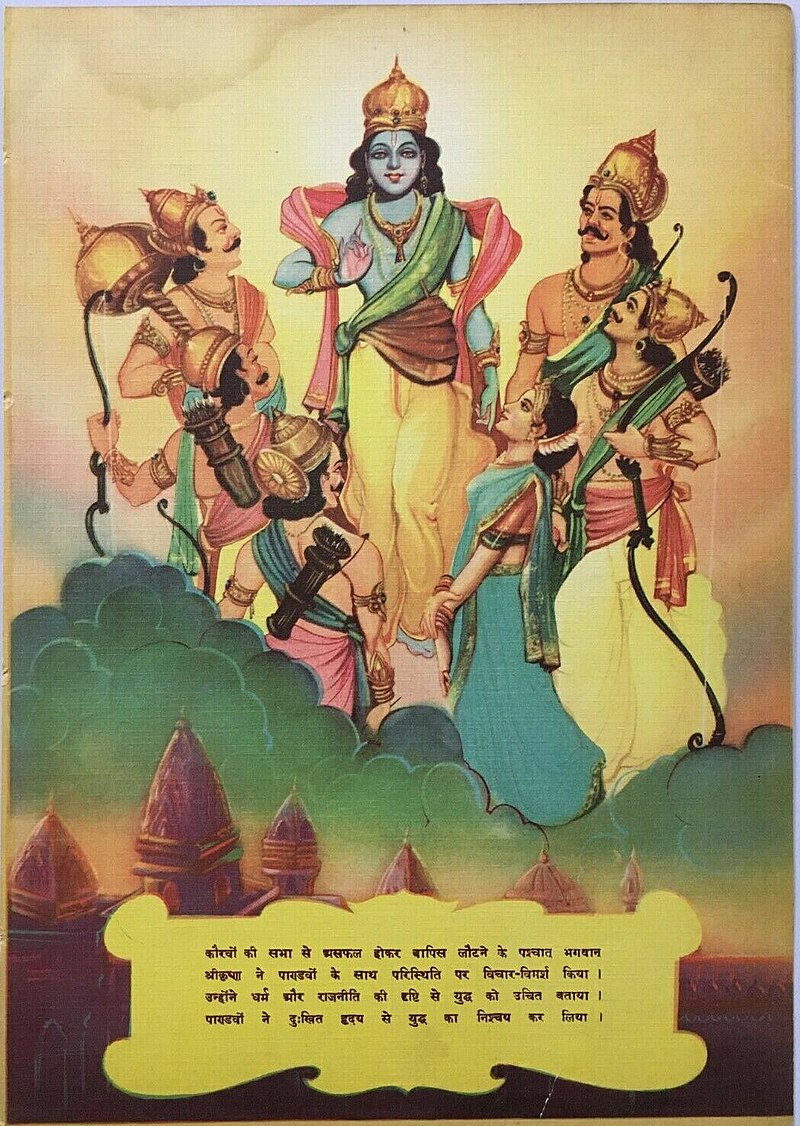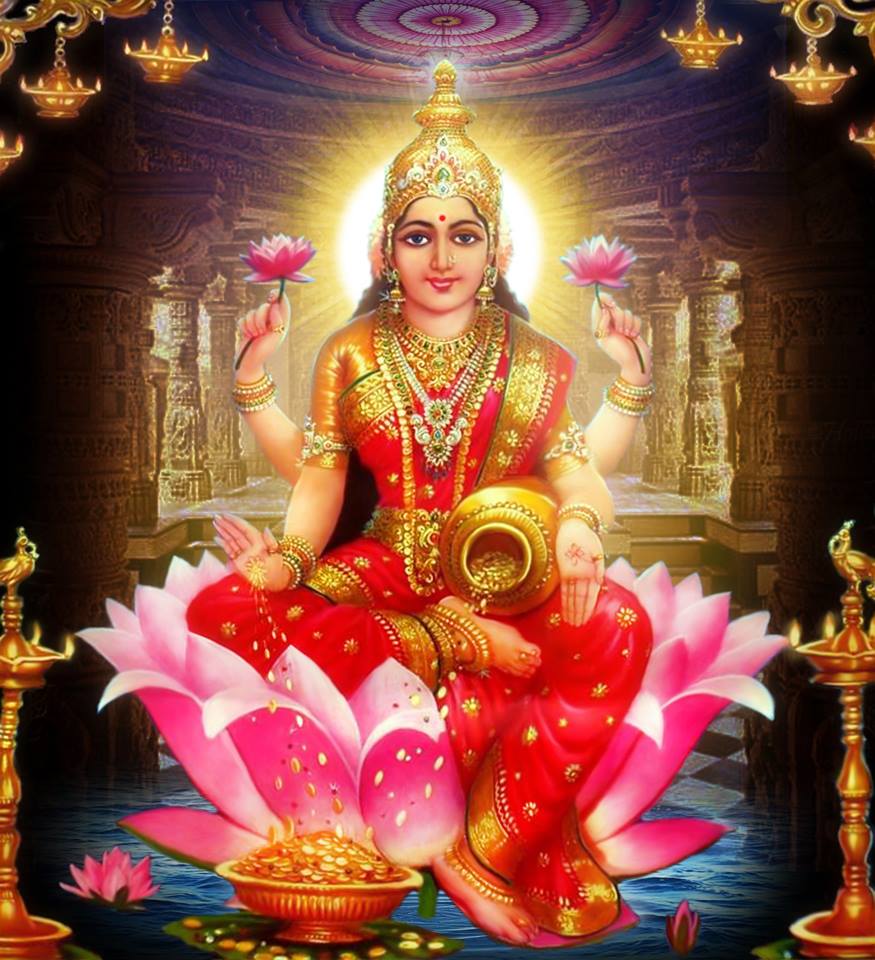The portrayal of God Krishna in art reflects a deep connection to spirituality and devotion that resonates across cultures and generations. As one of the most beloved deities in Hinduism, Krishna embodies playful love, divine wisdom, and the ultimate guide to dharma. Artists throughout history have sought to capture his essence, translating profound philosophical concepts into vibrant visuals that invoke a sense of reverence and wonder.
From ancient sculptures to modern paintings, God Krishna images have played a crucial role in conveying his multifaceted personality. Each artwork serves as a window into his divine nature, showcasing moments from his life that inspire and uplift the human spirit. The colors, expressions, and symbols used in these depictions not only celebrate his divinity but also invite viewers to reflect on their own spiritual journeys, making the portrayal of Krishna a meaningful endeavor for artists around the world.
The Symbolism of Krishna in Art
Krishna, one of the most beloved deities in Hinduism, is often depicted in art with vibrant colors and dynamic poses that reflect his playful yet profound nature. The imagery associated with Krishna conveys various aspects of his character—from the innocent cowherd boy to the divine protector. His blue or dark skin is a significant symbol, representing the infinite and the divine, while the golden-yellow garments he adorns showcase his connection to prosperity and joy.
Artistic representations of Krishna frequently include motifs such as the flute, peacock feather, and lotus flower. Each of these elements carries deep meaning; the flute embodies Krishna's enchanting music, captivating both the hearts of devotees and nature itself. god-images symbolizes beauty and pride, reflecting the decorative and joyous essence of Krishna’s personality. The lotus flower represents purity and spiritual awakening, underscoring Krishna’s role as a divine teacher guiding souls toward enlightenment.
The interactions between Krishna and other figures, particularly Radha, are also rich in symbolism. These relationships highlight the themes of love, devotion, and divine playfulness, often depicted in scenes of dance and celebration. Artists capture not only the physical features of these divine characters but also the emotional depth of their relationships, inviting viewers to experience the profound spirituality that Krishna embodies.

Techniques in Depicting Divine Features
Artists have long utilized various techniques to depict the divine features of God Krishna, aiming to capture his essence through their creations. One prevalent method is the use of vibrant colors, which symbolize the energy and vibrancy of Krishna’s personality. Artists often employ rich blues and greens that evoke nature and the cosmos, aligning with Krishna’s role as a divine protector and a lover of the natural world. The symbolism of color is essential, with blue representing infinity and the divine, while the accompanying colors can reflect specific moods or aspects of Krishna's stories.
Another important technique is the incorporation of distinctive attributes associated with Krishna, such as the flute, peacock feather, and his playful demeanor. Sculptors and painters carefully integrate these elements to convey his playful and compassionate nature. For instance, the flute is not just a musical instrument but symbolizes love and intimacy, reflecting Krishna’s relationships with his devotees and consorts. By including these attributes, artists invite viewers to connect with the multiple dimensions of Krishna’s character, reinforcing his identity and the stories that surround him.
The representation of posture and expression is also crucial in portraying Krishna. Artists often depict him in dynamic poses, exuding energy and motion, which reflects his divine playfulness and charisma. God Images Hd are meticulously crafted to embody Krishna’s emotions, from his mischievous smiles to moments of deep contemplation. This attention to detail ensures that each depiction resonates with followers, serving as a visual meditation on the qualities of divinity and the personal connection devotees share with Krishna.

Cultural Impact of Krishna Imagery
The imagery of God Krishna has significantly influenced various facets of culture, particularly in the realms of art, literature, and dance. In traditional Indian painting, Krishna is often depicted with vibrant colors and intricate details that highlight his divine playfulness and wisdom. Artists have taken inspiration from ancient texts like the Bhagavad Gita and the Srimad Bhagavatam, allowing the imagery to flourish and adapt over time, reflecting both historical context and contemporary interpretations. learn more serve as a means of worship but also as a celebration of life and joy inherent in Krishna's character.
In literature, the stories surrounding Krishna have inspired countless authors, poets, and playwrights, resulting in a rich tapestry of narratives that contribute to the cultural fabric of India. These works draw from the imagery associated with Krishna, illustrating his role as a divine lover, a mischievous child, and a wise guide. The enchanting tales of his childhood exploits in Vrindavan and his philosophical dialogues during the Mahabharata resonate across generations, embodying moral lessons and spiritual wisdom that continue to engage audiences today. Krishna's portrayal in literature has thus perpetuated his image as a beloved deity, fostering a sense of devotion among his followers.
Krishna imagery has also made its mark on performing arts, including classical dance forms such as Bharatanatyam and Kathak. Dancers often embody the grace and charm of Krishna through expressive movements and storytelling, bringing the divine figure to life. God Images Hd entertain but also educate viewers about the values and principles that Krishna represents. Through music, dance, and drama, Krishna's imagery continues to inspire and evoke a profound sense of spirituality, reinforcing his significance in contemporary culture while bridging connections to traditional practices.
